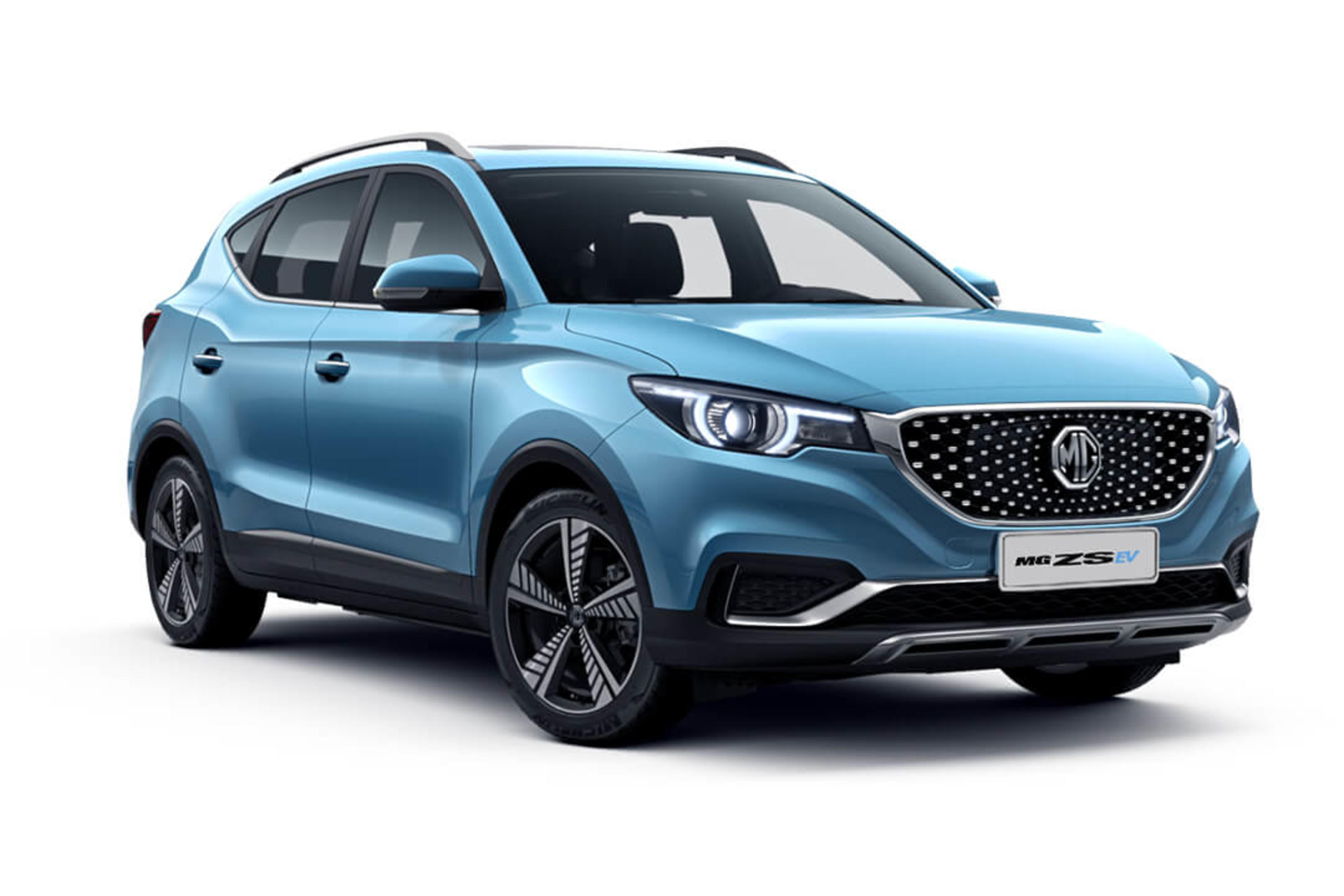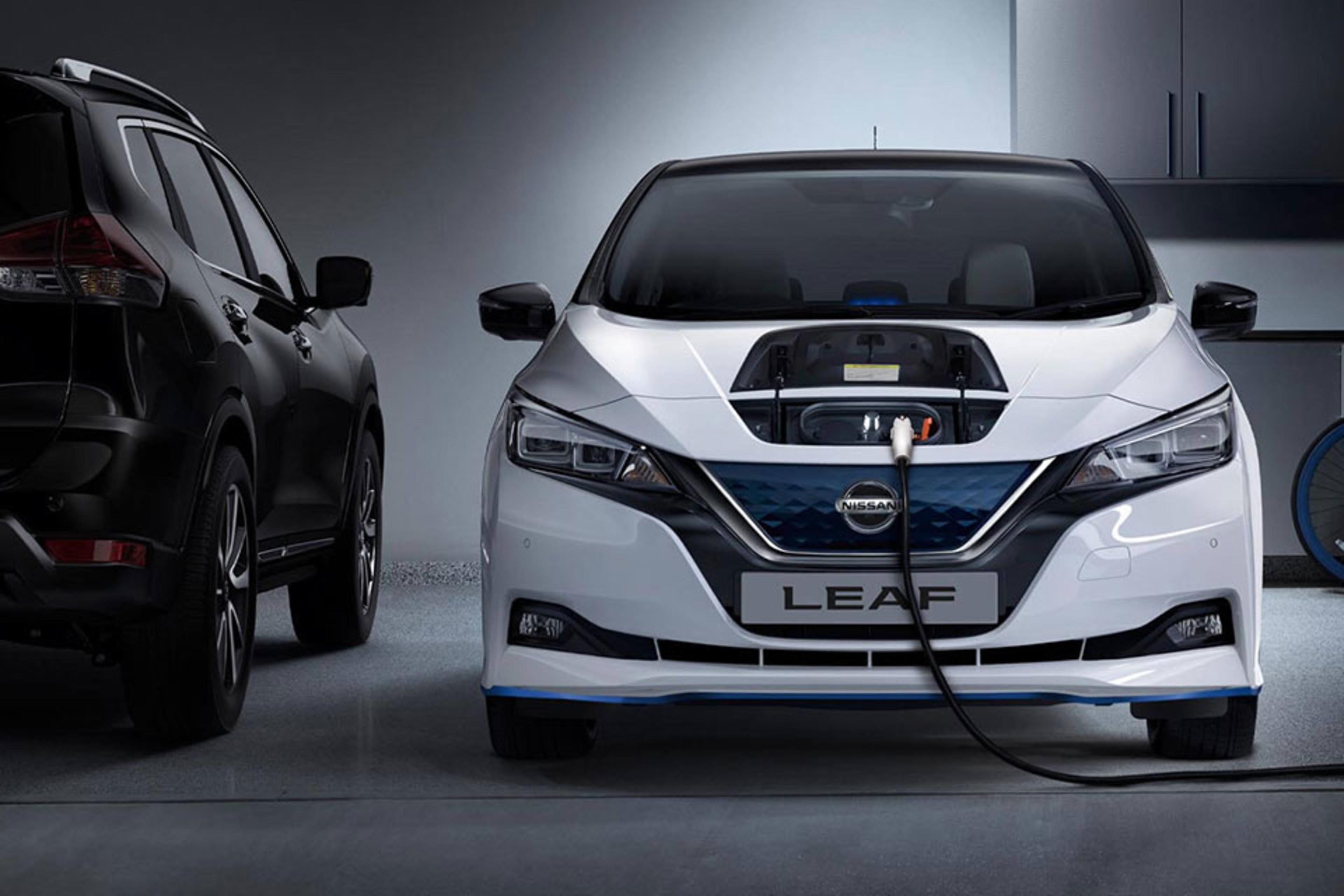

The Benefits.
Find out more about the benefits of driving electric
Electric vehicles have lower maintenance and fuel costs. Recent research shows that the average Australian driver stands to save $20,000 over a ten year period if they switch to an electric car. The same study shows that the maintenance costs of electric vehicles are about half of that of petrol-powered vehicles. Electric vehicles (EVs) are a great tool in the world’s fight to beat global warming. That’s because electric cars generate fewer emissions overall. Research has also found that petrol-based cars convert only 17% of the energy into vehicle movement. This is relatively low compared to the 59-62% of electric vehicles.Electric Vehicles
All-electric vehicles (EVs), also called battery electric vehicles, use one or more electric motors for propulsion.
This contrasts with gasoline-powered cars that use internal combustion engines to generate power.
EVs also have an electric engine and motor to rotate the wheels and an inverter to convert direct current into alternating current. An electric vehicle also comes with batteries and a charger.
Plug-in Hybrid
A plug-in hybrid electric vehicle (PHEV) uses batteries to power an electric motor, in addition to an onboard internal combustion engine.
PHEVs are the link between conventional petrol vehicles and fully battery-powered cars. Their main advantage is that they have the backup of a diesel or petrol engine for longer runs.
PHEVs use about 30% to 60% less petrol than conventional vehicles and cut carbon dioxide (CO2) emissions.
Mild Hybrid
In a mild hybrid vehicle, the petrol-powered internal combustion engine does most of the work, while the electric motor provides extra power.
The electric motor is powered by a small electric generator and a lithium-ion battery. The small battery has a voltage of about 12 V, which is lower than the 48 V required to run an EV’s electrical system. Nevertheless, it can assist the engine under hard acceleration.
How To Charge.
Find out how to charge your electric or hybrid vehicle
You can either charge your car at home, work, or at a public charging point.
Each method requires a different type of charger and offers varying charging speeds.
Charging at home overnight is convenient because you will wake up to a fully charged car. In addition, you can use a three-prong 220 V charger that typically comes with the vehicle. This means that you won’t need to install any new charging equipment since your house’s standard wall outlet can do the job. Another common solution is to use a dedicated household charger. You will need to hire a trained electrician to install the EV charging wall box in an ideal location, such as the driveway or garage. This method uses a 230V outlet and is faster than using the three-prong 220 V charger. Public charging stations have also become popular because they increase the useful daily range of EVs. You can find these charging stations at public places, such as government offices, airports, hotels, shopping centres, and highway corridors. Most public charging stations use DC fast and ultra-fast charging stations to charge an electric vehicle’s battery directly. The chargers convert AC to DC power before it enters the car battery, bypassing the car’s converter. This increases the output to between 50 kW and 250 kW of power. As a result, your EV’s battery can charge up to 80 per cent of its capacity in around 30-60 minutes.

Our Locations
Swipe

